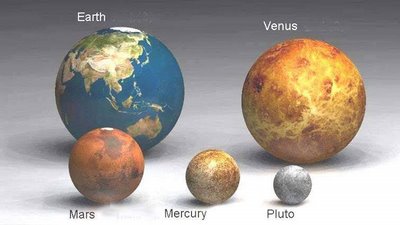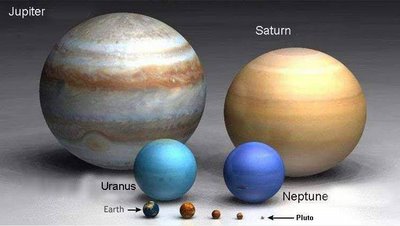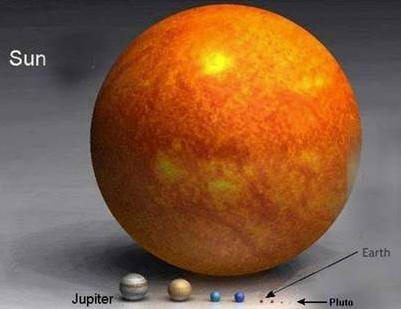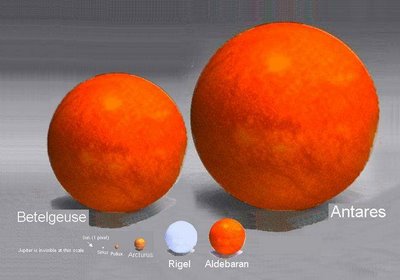 The Centre for Bioscience at The Higher Education Academy, University of Leeds, are launching a photographic competition on the theme of 'Bioscience in Action' where they are asking for entries from non-professional photographers on any angle of bioscience, including teaching it. The prizes are £500, £200 and £100 for first, second and third winners. There’s a few rules and regs, those and the entry forms etc. are all on their webpage here.
The Centre for Bioscience at The Higher Education Academy, University of Leeds, are launching a photographic competition on the theme of 'Bioscience in Action' where they are asking for entries from non-professional photographers on any angle of bioscience, including teaching it. The prizes are £500, £200 and £100 for first, second and third winners. There’s a few rules and regs, those and the entry forms etc. are all on their webpage here.Imagine if instead of looking at photographs, you could walk through them. How amazing would that be? That's what a new computer programme may enable people to be able to do, and it could be ready in 2006.
The software firm Microsoft has come up with a way of matching up different images of a particular subject and then collecting them together in one virtual 3D model. A computer user could then walk or fly through the scene to look at any of the pics from any angle. Wow!
The technology is expected to be available online. People could upload their photos to a website, and then combined with other images, could produce a 3D model. The technology, called Photosynth, could also be used in tourism, with visitors able to take a virtual tour of some kind to see if they like the look of a place before they go. Right let’s have a look at the latest rides at Alton Towers.
It sounds a bit like the Magic Eye pictures that were so popular in the 1990’s. These were also known as 3D stereograms. People used to stare blankly at an image of coloured dots and swirly things, crossing and uncrossing their eyes, saying “I think I can see it – is it a goat on a skateboard?” Actually no, it’s supposed to be someone’s corporate logo. So you see the problem, not everyone can do it. Also you need vision in both eyes to do it. So no chance for Nelson then or poor old King Harold.
The grandfather of 3D art and stereographical headache is Charles Wheatstone. In 1833 he accidentally discovered that because human eyes are set a short distance apart, images viewed through one eye differ slightly from the other. This creates an illusion of depth. Five years later, he invented the stereoscope. This is a binocular device through which a pair of monocular images are projected to both eyes. The optic axes converge at the same angle, thus giving the impression of a solid 3D image. Say that again in English. No on second thoughts don’t bother. Basically the brain can be fooled into thinking it’s seeing something it’s not. Optical illusions eh?


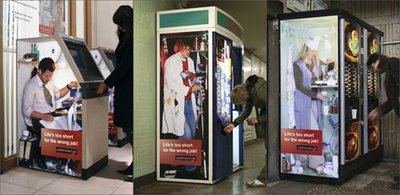
 Hints:
Hints: A German scientist has used nanotechnology to create what he believes is the world's smallest soccer pitch.
A German scientist has used nanotechnology to create what he believes is the world's smallest soccer pitch.
